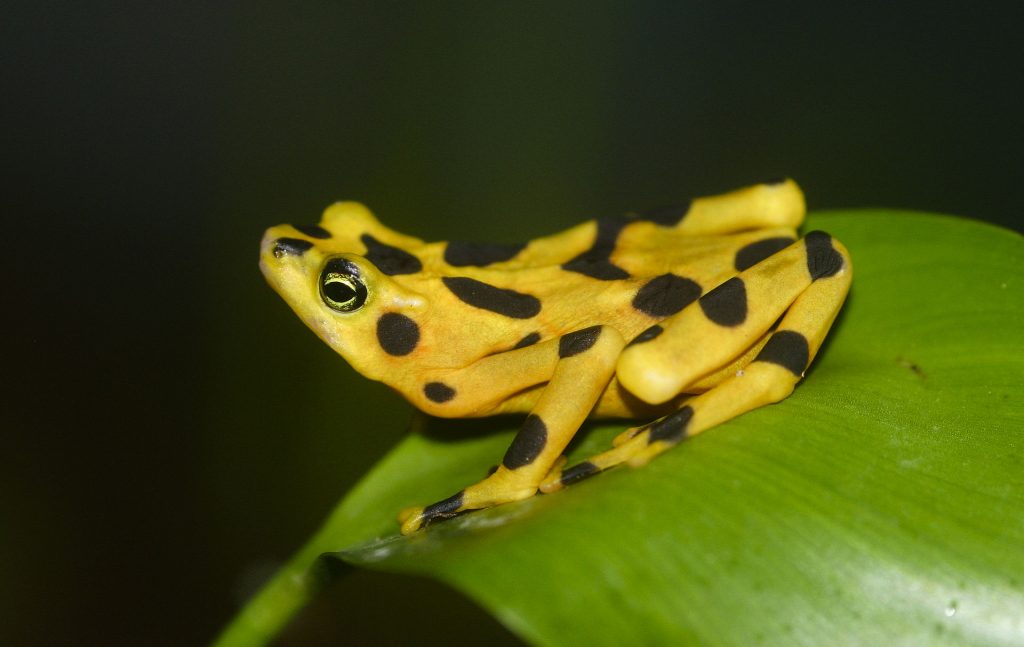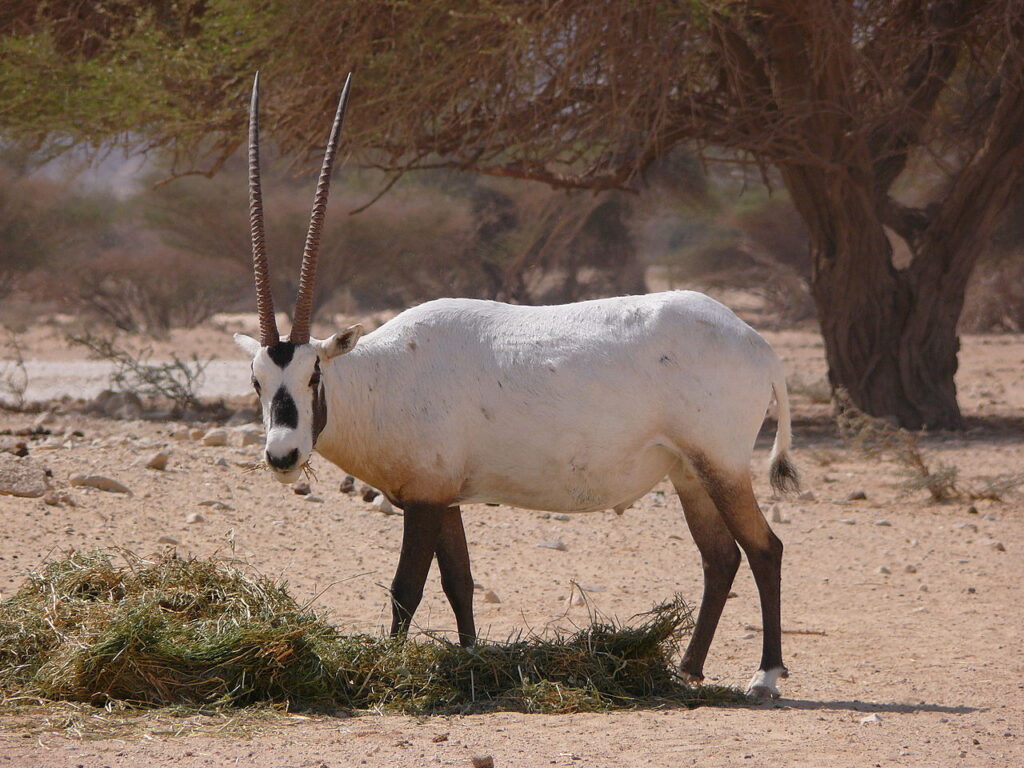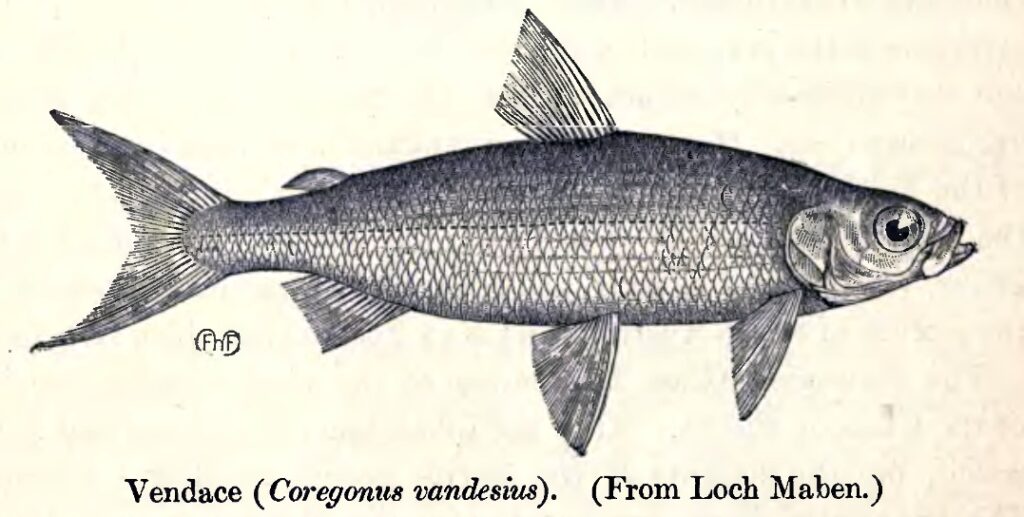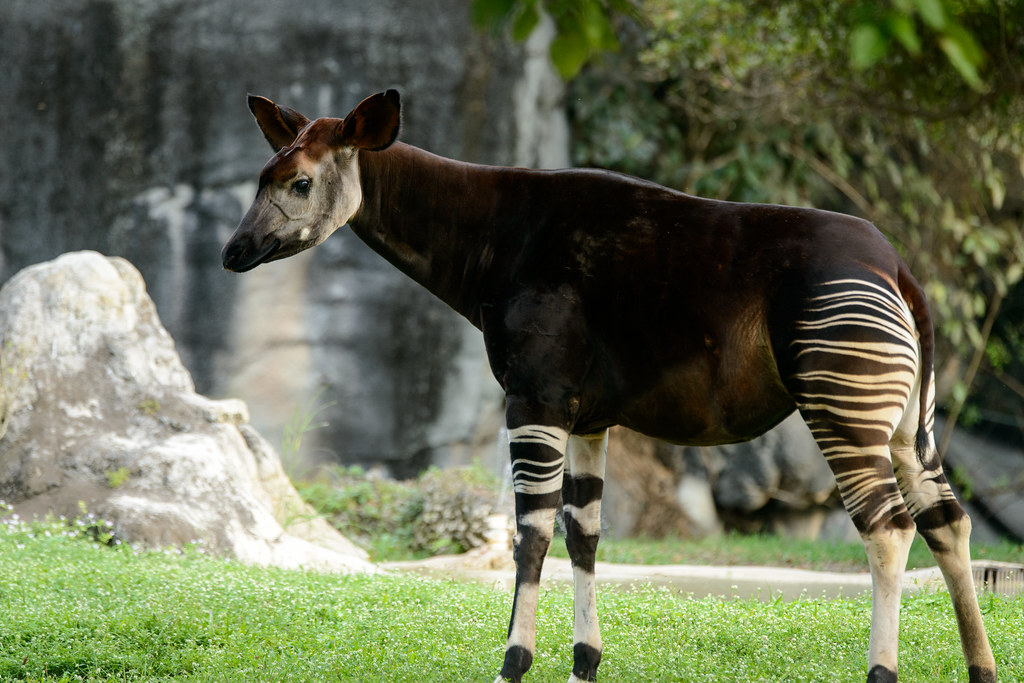Freaky Frogs: The Future
If you’ve been following this blog for a while, you may know that for the past six months, we’ve been posting Freaky Frog articles every fortnight. During our journey through the weird and wonderful world of these amazing amphibians, we’ve looked at the delightfully named ‘scrotum frog’, we’ve examined the remarkable defensive mechanism of the ‘wolverine frog’, and we’ve marvelled at the cryogenic wood frog. There have been frogs that brood their young in their vocal sacs. Toads that brood their young inside pockets in their own skin. Frogs with moustaches. Frogs that practise ‘reproductive necrophilia’.





